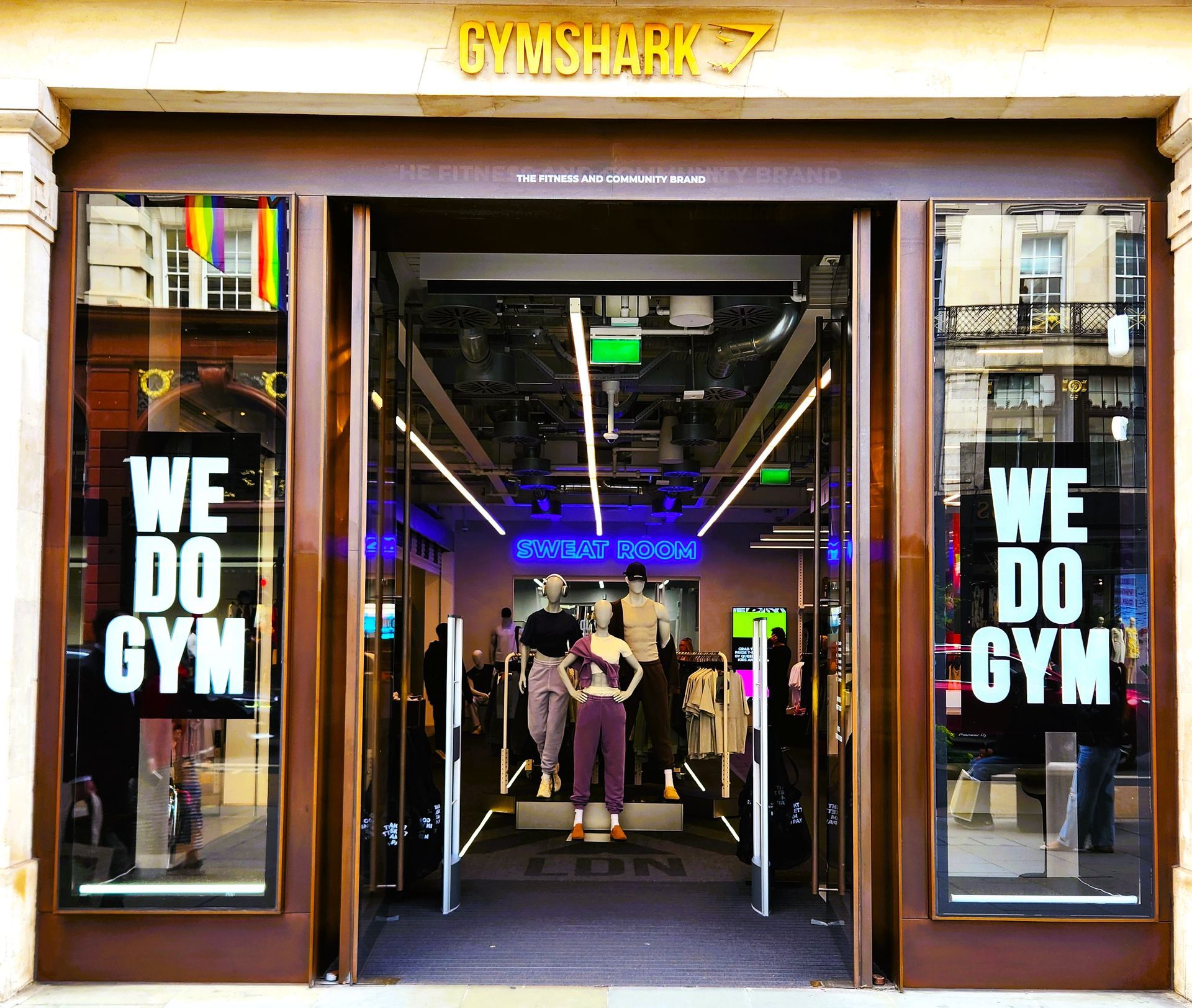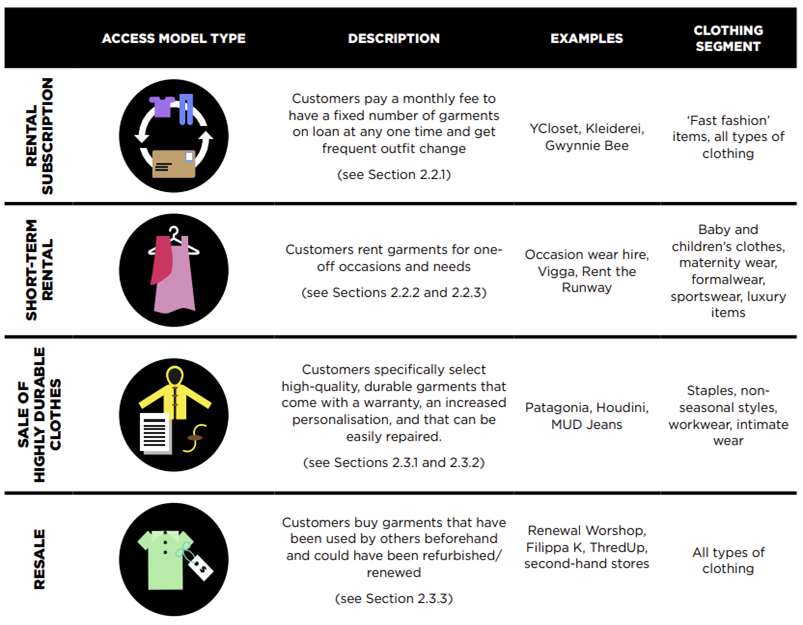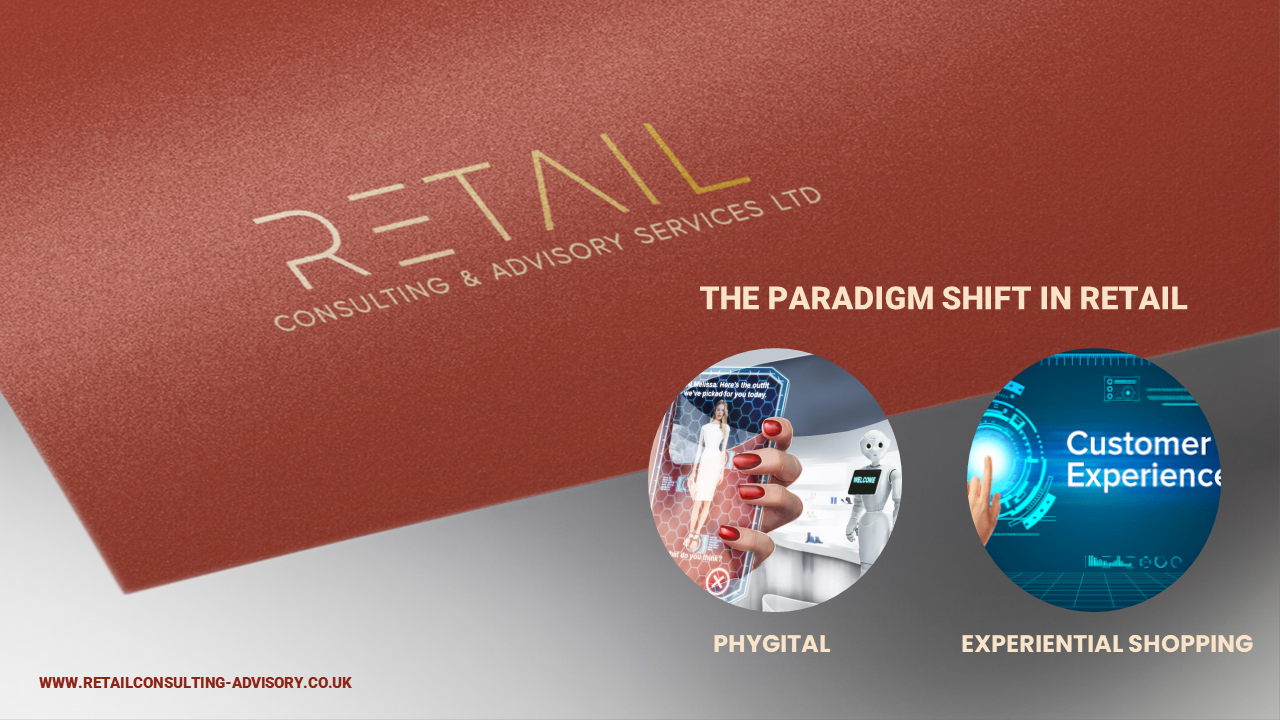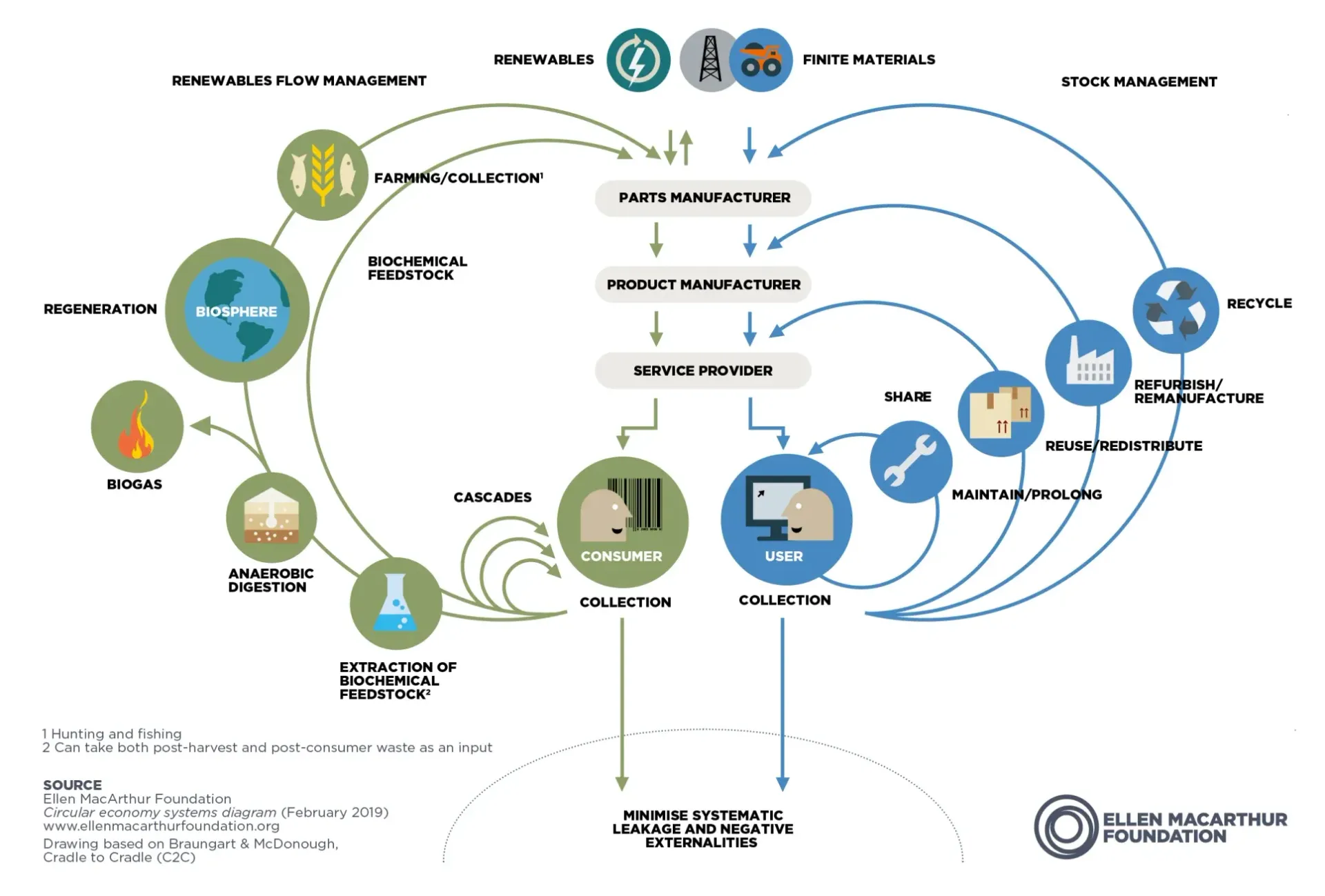AUGMENTED REALITY (AR) IMPLEMENTATION IN RETAIL. OPPORTUNITIES & CHALLENGES
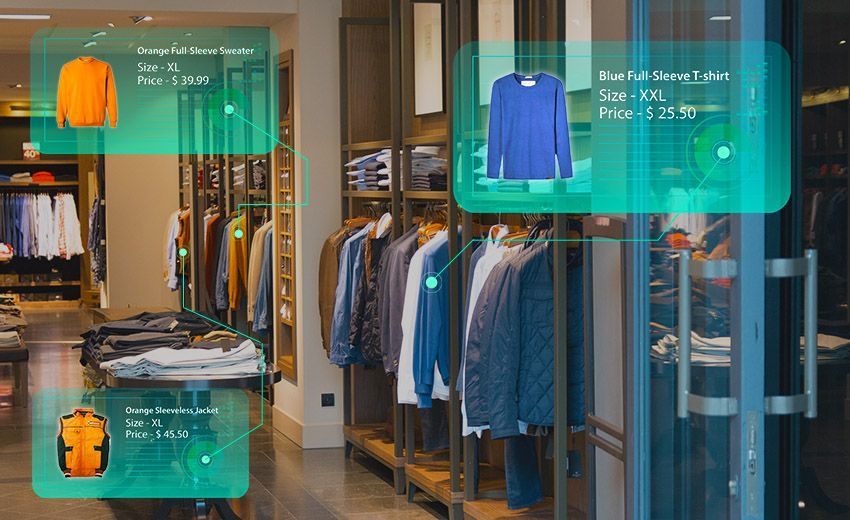
AUGMENTED REALITY (AR) IMPLEMENTATION IN RETAIL. OPPORTUNITIES & CHALLENGES
Augmented Reality (AR) has emerged as a game-changing technology in recent years, and it can potentially revolutionise how customers shop in brick-and-mortar stores. AR overlays digital information onto the physical world, providing customers with a seamless and interactive experience. With AR, customers can explore products in a previously impossible way, making it an invaluable tool for enhancing customer service in brick-and-mortar and online stores.
One way AR can enhance customer service is by providing customers with product information in real time. Customers often have questions about products, such as their features, benefits, and compatibility. In a traditional brick-and-mortar store, customers would have to rely on sales representatives for this information, which can be time-consuming and sometimes lack the full details. With AR, customers can access product information instantly by scanning a product with their smartphone or tablet. This saves time and provides customers with more accurate and detailed information about the products they are interested in.
Another way AR can enhance customer service is by providing customers with a more immersive shopping experience. With AR, customers can visualise products in their intended environment, such as furniture in a room or clothing on a model. This allows customers to see how products will look in real-life scenarios, making it easier for them to make purchasing decisions. This also allows customers to experiment with different options, such as trying on clothes virtually or testing different paint colours on a wall. This creates a more interactive and engaging shopping experience that will leave a lasting impression on customers.
AR can also be used to provide customers with personalised recommendations. By using data from a customer's previous purchases, browsing history, and preferences, AR can suggest products tailored to their needs and tastes. This enhances the shopping experience and increases the likelihood of repeat business. Providing customers with products makes them more likely to be interested, improving the conversation rate. AR can help to build customer loyalty and satisfaction.
AR can also be used to provide customers with assistance and support. With AR, customers can access virtual customer service representatives to assist them with their purchases. This can be particularly helpful for customers in remote locations or needing access to a physical store. Virtual customer service representatives can answer questions, provide recommendations, and even complete transactions on behalf of the customer. This provides customers with a more personalised shopping experience and increases the efficiency of the overall shopping process.
Additionally, AR can be used to improve inventory management and reduce costs. By using AR to track product inventory in real-time, retailers can optimise their stocking levels and reduce the risk of stockouts. This can help to reduce costs associated with excess inventory, such as warehousing and shipping costs. It can also help to improve the overall shopping experience by ensuring that products are always in stock and readily available to customers.
While AR has the potential to revolutionise the retail industry, several challenges must be addressed in advance to implement it. Here are some of the primary challenges:
- Investment: One of the biggest challenges to implementing AR in retail is the cost of the technology. AR requires significant investment in hardware and software, which can be a barrier for many retailers and tiny businesses.
- Technical complexity: AR technology is complex and requires specialised expertise to develop and implement. Retailers may need the technological know-how to develop AR applications and may need to rely on third-party developers or vendors to help them implement AR in their stores. The good news is that as the market of AR is expanded, the vendors’ options available in the market increase as it scales up for different industries and cost becomes more competitive.
- Integration with existing systems: AR applications must be integrated with retail systems, such as inventory management and point-of-sale systems. This can be a challenge, as these systems were designed with something other than AR in mind. Considering this aspect of the systems’ integration in advance is a relevant task before any investment.
- User adoption: AR applications require customers to use their smartphones or tablets to access the technology. This may be a barrier for some customers unfamiliar with using these devices or uncomfortable with using them in a retail setting. As with any new technology, there are faster initial new adopters, as could be expected from GenZ and millennial consumers. However, there is a question about how easily other generations could adopt AR as part of their consumption behaviour to justify the investment and short time ROI.
- Privacy and security concerns: AR applications require access to customer data, such as location data and browsing history. This raises privacy and security concerns, and retailers must take steps to ensure that customer data is protected and used responsibly. However, GDPR compliance must be the top priority for any firm in a holistic business way.
- Content development: AR content is currently limited, and there may need to be more content available to provide a compelling experience for customers. This can limit the potential for AR to enhance the retail experience. However, in recent years, new developments have been created by the increasing numbers of specialist vendors in this area.
- Network connectivity: AR applications require a strong network connection to function correctly. Retailers must ensure that their stores have strong Wi-Fi or cellular connectivity to support AR applications. While 5G networks that support AR implementation have been developed in major cities and developed countries, it is essential to review and, if needed, improve the store’s network in advance to make any implementation decision.
In conclusion, while AR has the potential to revolutionise the retail industry, boosting productivity, customer experience and loyalty and consequently revenues, several challenges must be addressed to implement AR in retail fully.
All Rights Reserved | Retail Consulting & Advisory Services Ltd.
Ismael Gonzalez - Founder & Managing Director
© 2022 Retail Consulting & Advisory Services LTD. Company Registration Number 14234794. Privacy Policy

